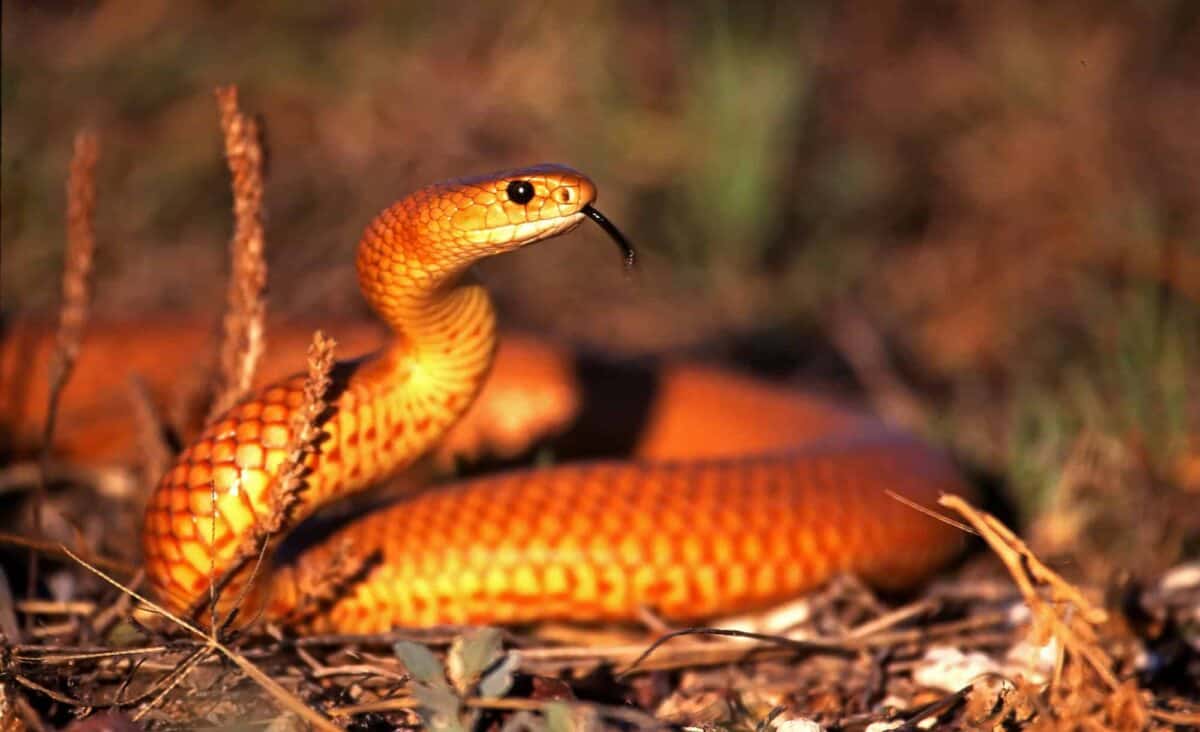When discussing the world’s most venomous snakes, the Inland Taipan, or Oxyuranus microlepidotus, often takes centre stage. Known commonly as the “fierce snake” or “small-scaled snake,” it is native to the semi-arid regions of central Australia. Despite its notorious reputation, this elusive snake is rarely encountered by humans due to its remote habitat and reclusive nature. In this article, we will explore the fascinating characteristics of the Inland Taipan, focusing on its extraordinary venom and striking capabilities.
The Potency of its Venom
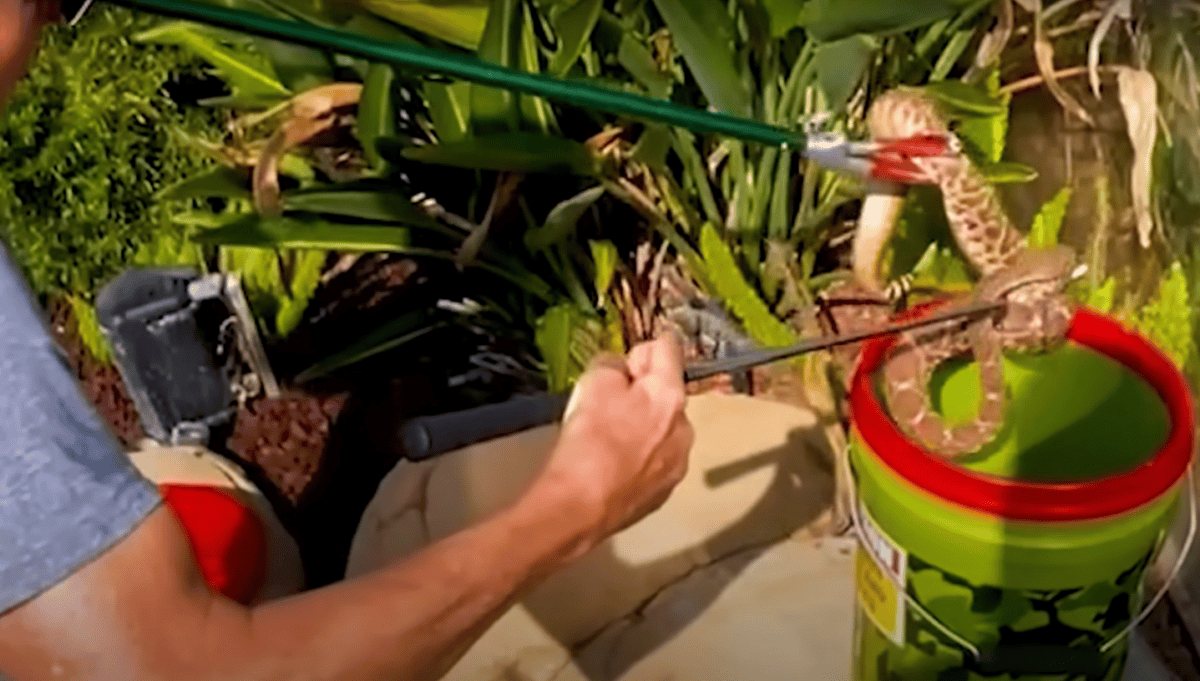
The Inland Taipan’s venom is renowned for being the most toxic of any snake in the world. Its venom is estimated to be about 50 times more potent than that of the Indian cobra and is lethal enough to kill an adult human within 45 minutes. The primary components of the venom are neurotoxins, which disrupt communication between nerves and muscles, leading to paralysis, coagulants, which can cause severe bleeding disorders, and myotoxins, which destroy muscle tissue.
A single bite from the Inland Taipan can deliver enough venom to kill over 100 adult humans, showcasing the lethal efficiency of its toxin. However, it’s important to note that the Inland Taipan is not aggressive and prefers to avoid confrontation. There have been no recorded fatalities attributed to this snake, primarily because it resides far from major population centres and exhibits shy behaviour.
Speed and Precision in Striking
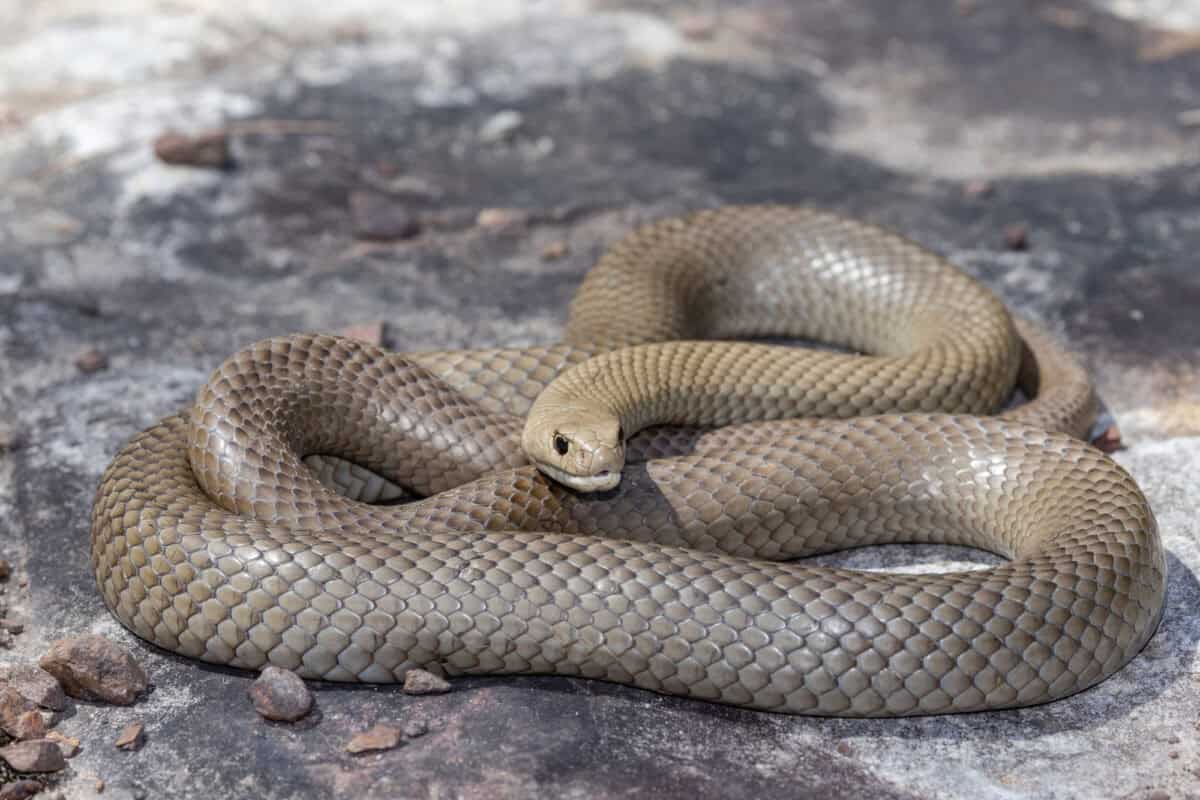
Aside from its venom, the Inland Taipan is also notable for its speed and precision when striking. This snake is incredibly agile and can strike with impressive accuracy when threatened or hunting. The Inland Taipan tends to be a diurnal hunter, primarily preying on small mammals, such as rats and mice, which it locates in the deep cracks of the soil in its natural habitat.
When it hunts, the Taipan’s strategy involves rapid, repeated strikes, often delivering multiple bites in quick succession. This ensures that its prey is immobilized almost instantly, reducing the chances of escape or counterattack. Its fangs, measuring around 3.5 to 6.2 millimetres, are capable of penetrating deeply and effectively delivering the venom into the prey’s bloodstream.
The Snake’s Natural Habitat and Behavior

The Inland Taipan primarily inhabits the black soil plains of Queensland and South Australia. This region’s harsh, arid environment provides the perfect backdrop for its concealed lifestyle. The snake is generally found in cracks and crevices in the earth, helping it stay out of sight from predators and the blazing sun.
Despite its fearsome reputation, the Inland Taipan is notably timid and reclusive. It avoids human interaction at all costs and will often retreat if given the opportunity. This snake primarily relies on the element of surprise and its rapid striking ability to overpower prey and avoid threats.
Conservation and Human Interaction
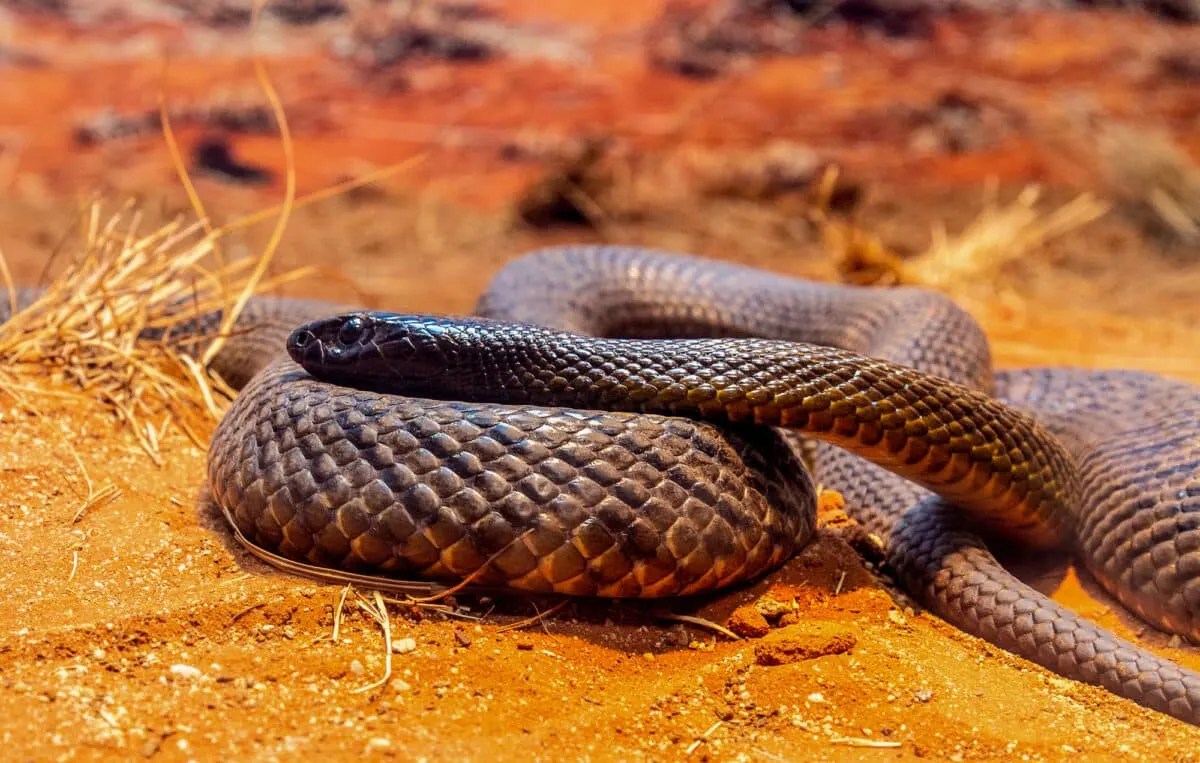
With its remote habitat and elusive nature, the Inland Taipan is not commonly encountered by people. Its conservation status is listed as “Least Concern,” meaning it currently faces no significant threat of extinction. However, like many wildlife species, it might be indirectly affected by habitat destruction and climate change.
For those interested in reptiles, the Inland Taipan represents a captivating subject due to its unique adaptations and potent venom. Wildlife educators emphasize the importance of respecting these creatures and understanding their role in the ecosystem. As with all wildlife, preserving their natural habitats is crucial for maintaining ecological balance.
Conclusion
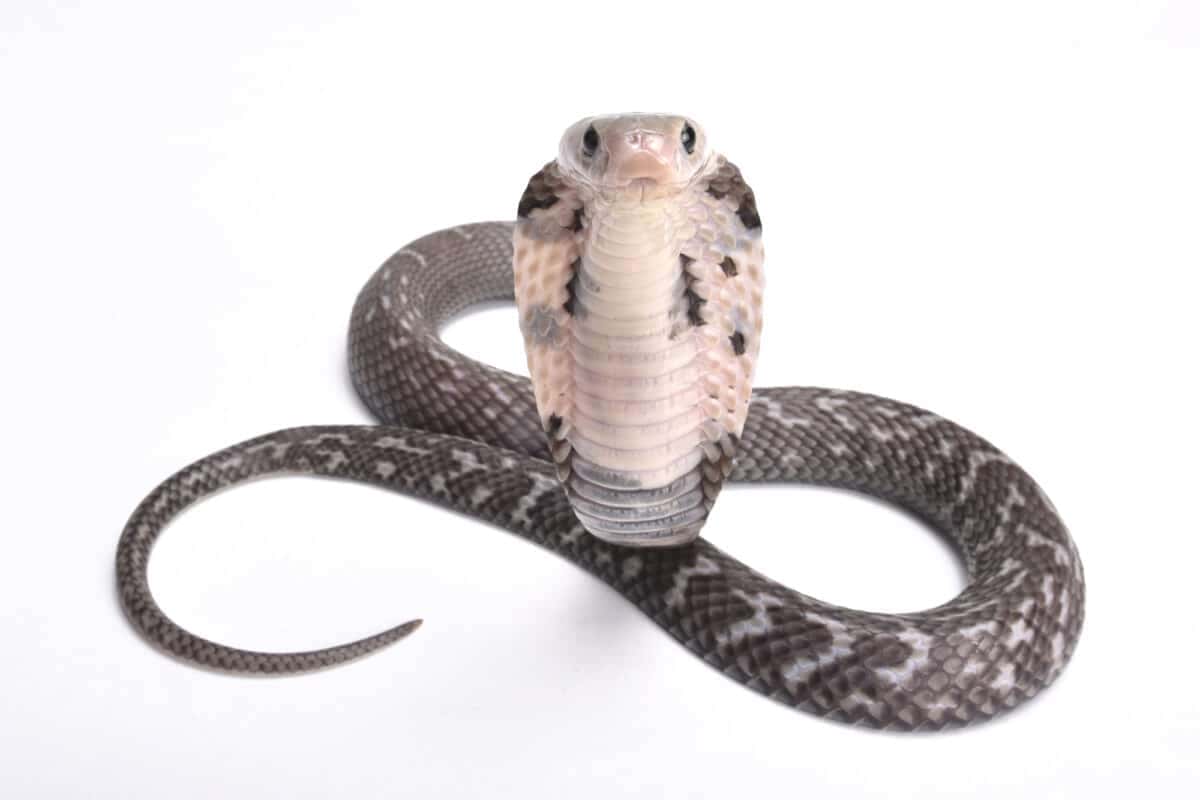
The Inland Taipan, with its extreme venom potency and rapid striking speed, holds the title of the world’s most venomous snake. Yet, its remote lifestyle and shy disposition make direct encounters relatively rare. By understanding and respecting this formidable creature, we can appreciate the incredible diversity of life that exists within our planet’s ecosystems. The Inland Taipan is a reminder of nature’s power and the wonder of adaptation forged through millennia of evolution.
- The Most Beautiful Bird Migration Routes Across the US - August 9, 2025
- 14 Dog Breeds That Love to Cuddle - August 9, 2025
- 11 Signs Your Horse Might Be Bored - August 9, 2025

